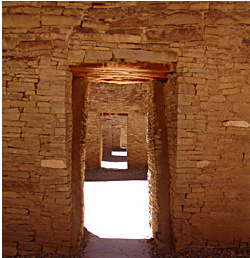Publication Date
7-11-2024
Abstract
Scholars often evaluate the political aspects of imperial architecture in terms of the symbolism of specific buildings, leaving a gap in our understanding of the political calculations of overall site layouts. This study of the architecture of the Inka provincial capital of Turi, located in the Atacama of northern Chile, identifies aspects of planning in the site’s layout that extend our knowledge of the use of architecture by past empires to communicate political messages. In so doing, the study addresses multi-scalar issues of a neglected Inka chronology, including the chronology of Turi itself, of Inka rule of the Upper Loa River area in which Turi resides, and of Inka expansion across greater Chile. At each of these scales, study results help to decompress a flattened ‘Inka period’ into a series of consequential events, bringing into relief dynamic imperial-local dialectics embedded in architecture amenable to further anthropological inquiry.
Keywords
Inka, Empires, Imperialism, Architecture, Symbolism, Chronology
Project Sponsors
National Science Foundation, UNM Latin American and Iberian Institute
Document Type
Dissertation
Language
English
Degree Name
Anthropology
Level of Degree
Doctoral
Department Name
Anthropology
First Committee Member (Chair)
Frances M. Hayashida
Second Committee Member
Loa Traxler
Third Committee Member
César Parcero-Oubiña
Fourth Committee Member
Diego Salazar
Recommended Citation
Murphy, Beau G.. "Imperial Architecture and Absolute Chronology in the Inka State: The View from Northern Chile." (2024). https://digitalrepository.unm.edu/anth_etds/221

